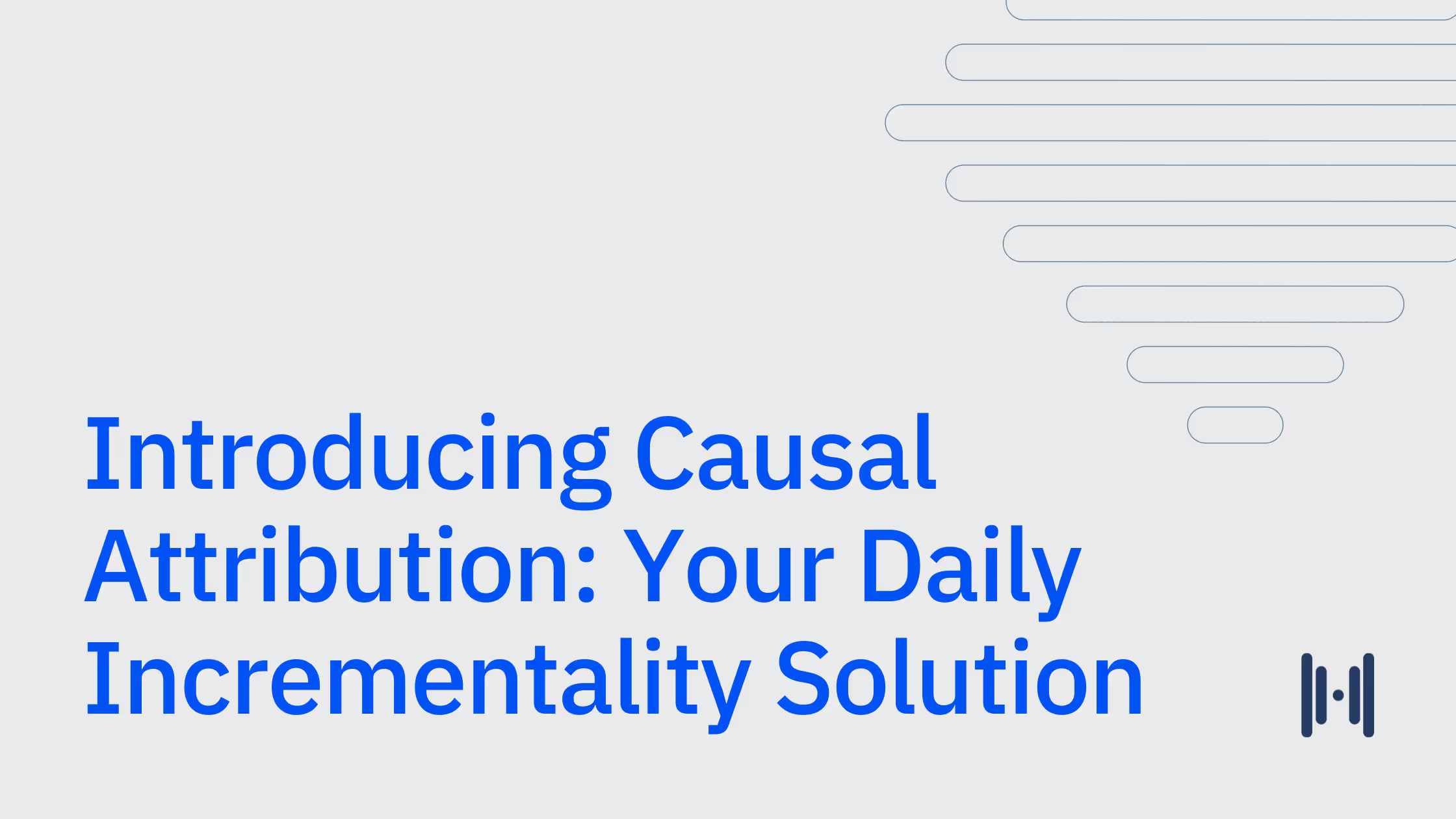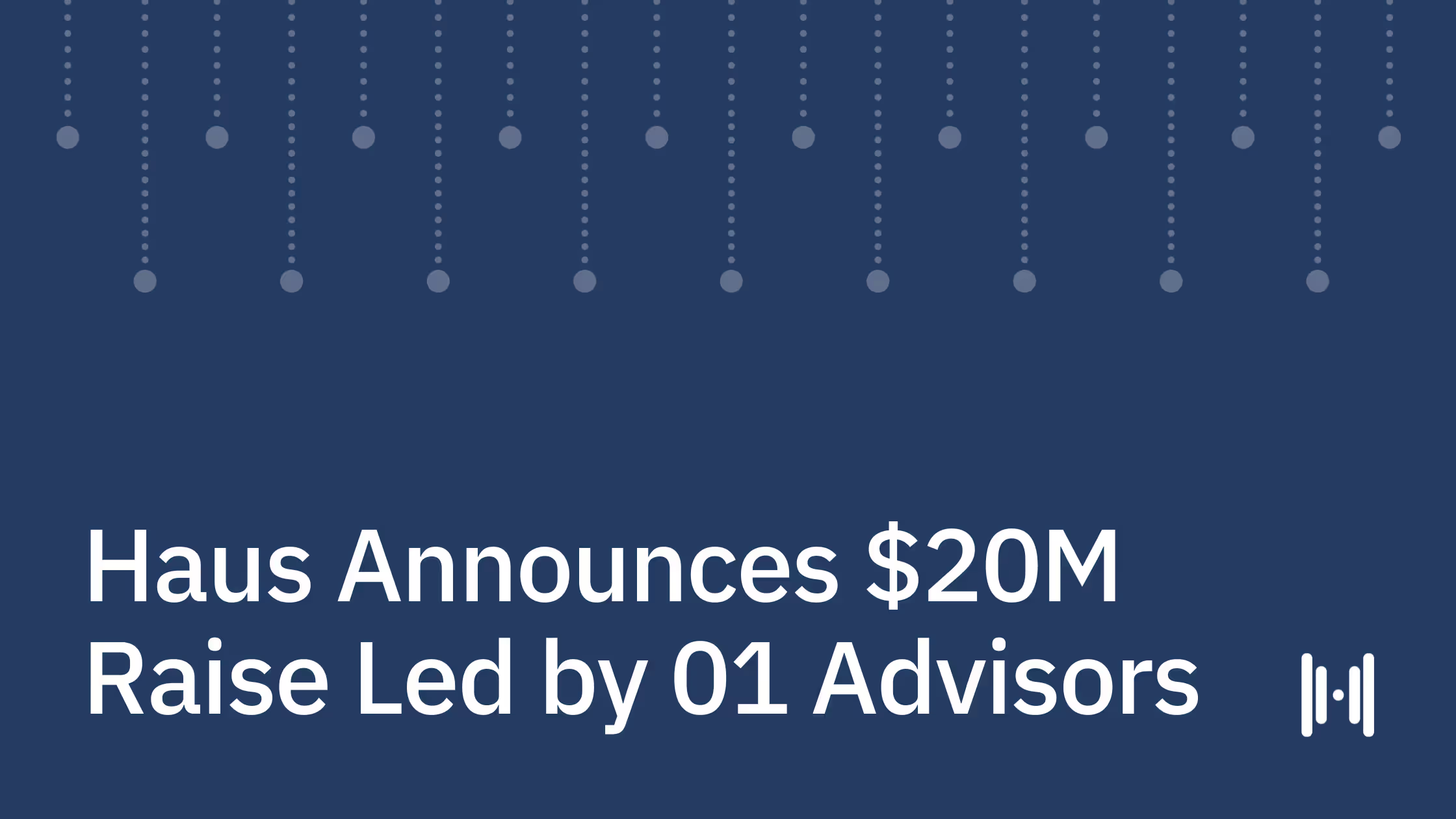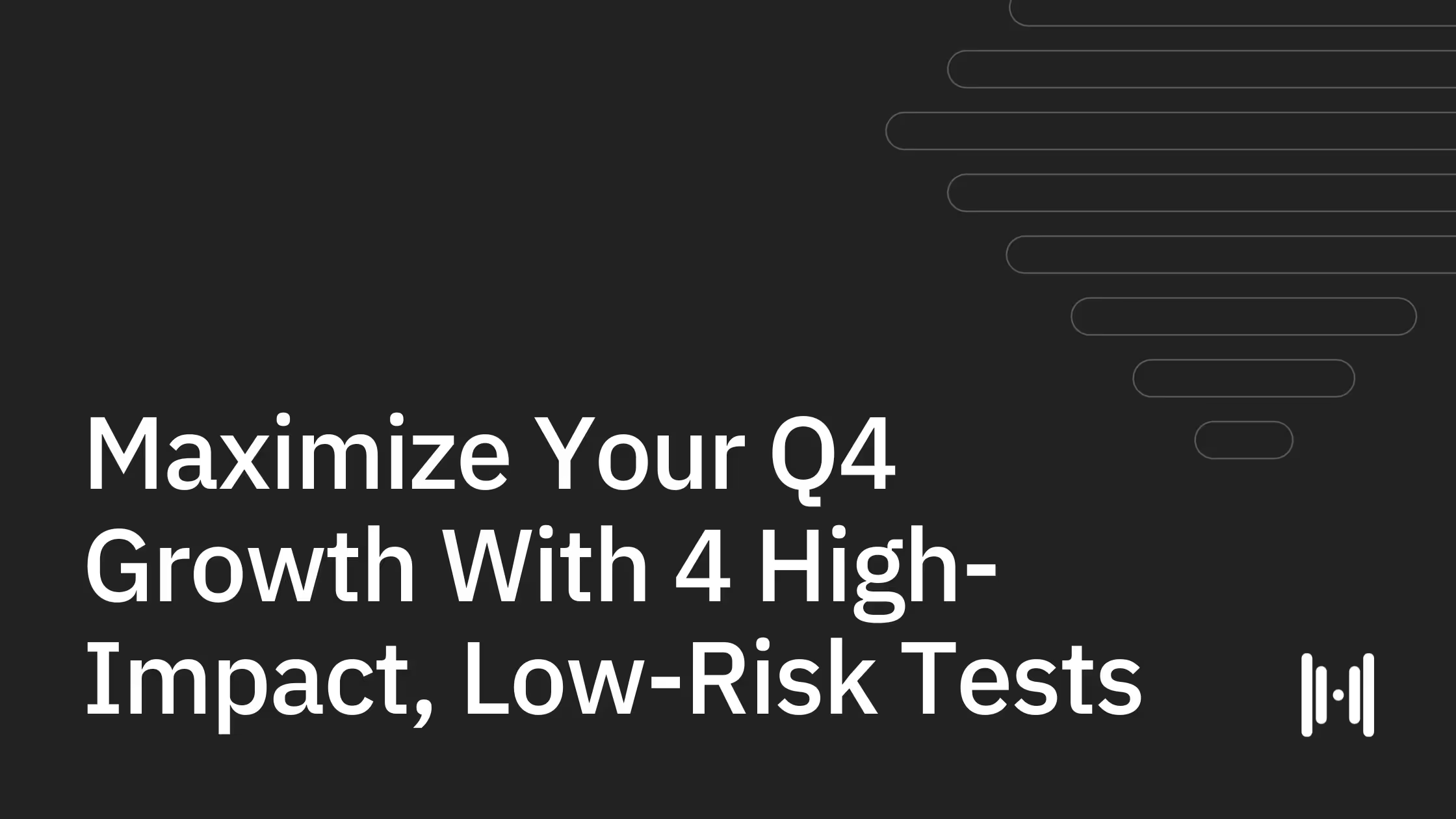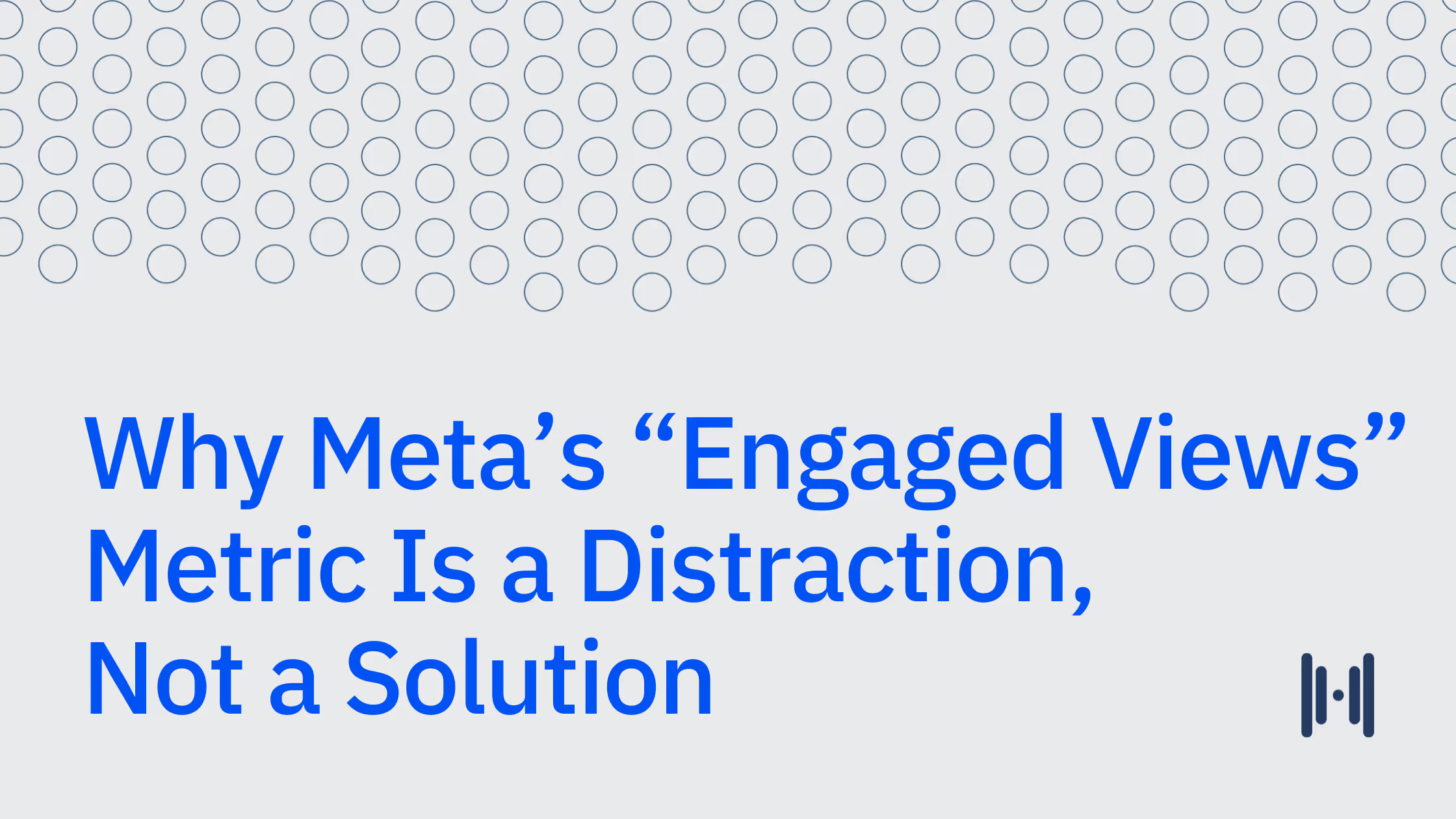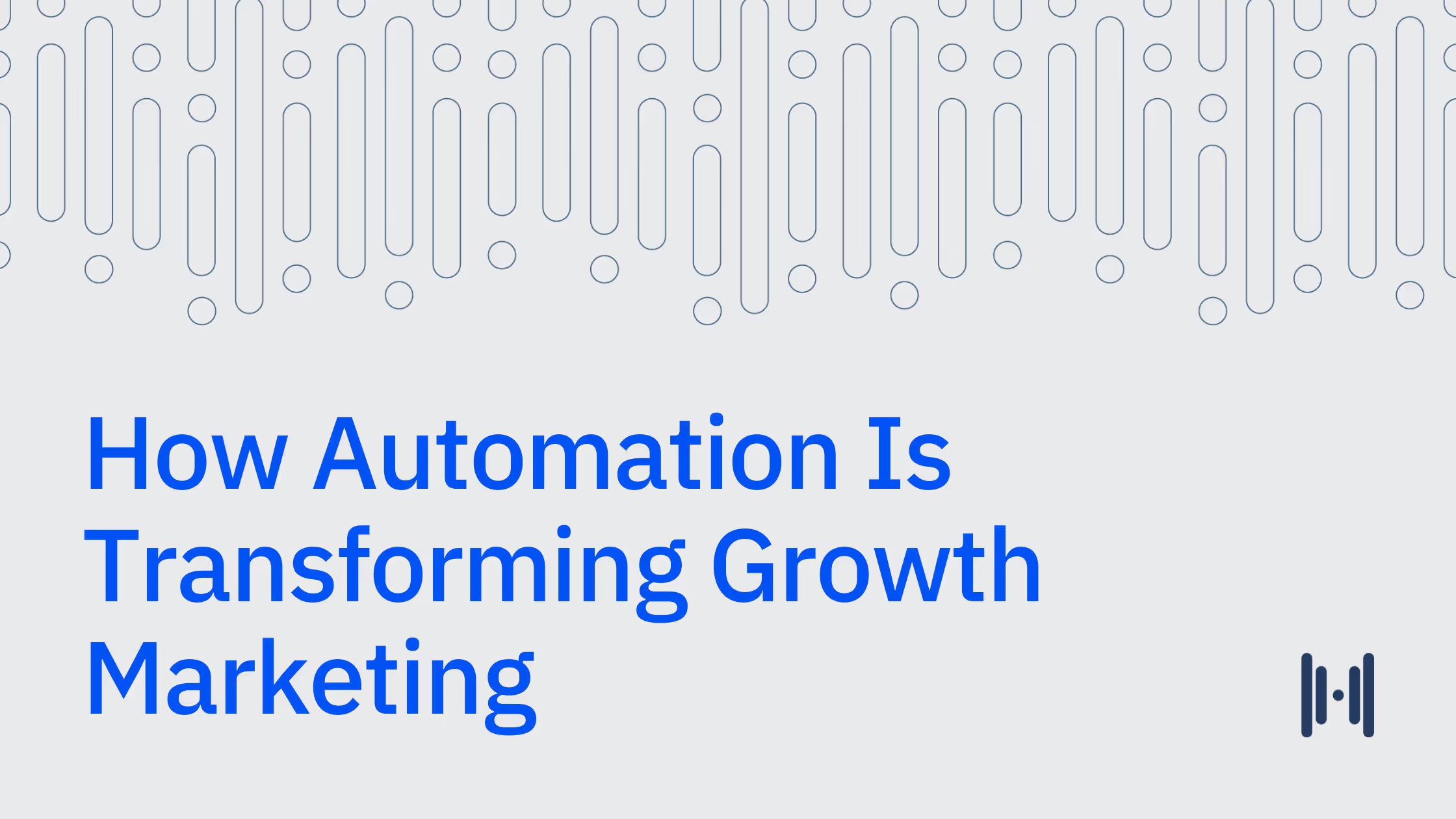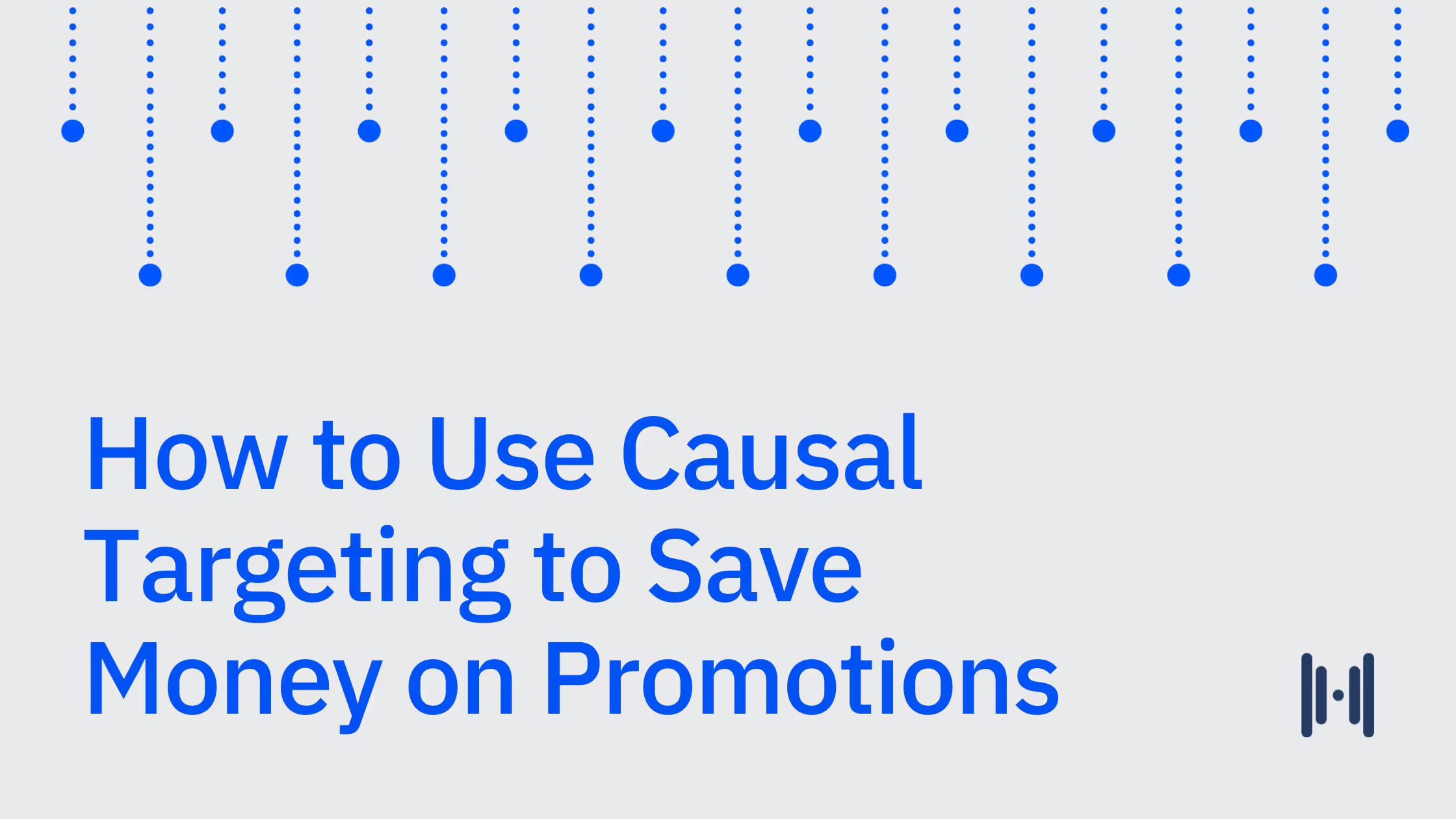
With news headlines broadcasting dimming sales outlooks, sinking consumer sentiment, and tariff uncertainty, many marketers are facing a tougher Summer 2025. If you’re feeling pressure to make every ad dollar count, you’re not alone. What’s a marketer to do?
At Haus, we work with companies ranging from global B2B enterprises to growing DTC consumer brands. While there’s no “one size fits all” game plan for navigating market volatility, there are best practices that marketers of all kinds – from growth, performance, brand, and beyond – can apply to spend more strategically on ads.
While it may be tempting to focus on bottom-of-funnel tactics – after all, that’s likely what platforms tell you drives conversions – we recommend testing your way into these waters. Platform-credited conversions aren’t necessarily incremental conversions, and there’s often major efficiency wins hiding in plain sight.
💡What’s an incremental conversion? Platforms often report on metrics like clicks or views and claim credit for conversions that would’ve happened anyway. An incremental conversion is one that happens because of marketing. The conversion wouldn’t have happened without the ad.
Consider this your 5-step practical playbook for when you need to focus on efficiency rather than hyper-growth. Keep it in your back pocket – or your bookmarks bar – for when you’re shifting from growth and diversification mode to consolidation and efficiency mode. Let’s get into it.
#1: Be proactive and partner with finance
If you’re not already close with your finance team, now’s the time. Particularly in periods of market volatility and economic uncertainty, budgets can change and risk tolerance may shrink.
“Talk to your finance team,” says Measurement Strategy Lead Chandler Dutton. “If you go to your finance org and say ‘I’d love to make decisions from the perspective of our landed COGS and profitability, you’re going to be ahead of 1) most other marketers and 2) your finance team’s favorite marketer.”
#2: Run spend-level tests to cut spend without sacrificing revenue
If you need to pull back spend, you want to ensure you’re cutting your least-efficient spend. Spend-level testing helps you understand your marginal cost of acquisition and identify the point of diminishing returns on key channels.
This could look like setting up a series of 2-cell or 3-cell tests. Measure incrementality at various spend levels for your most important channels to determine whether you can rein in spending while maintaining revenue. At Haus, our Measurement Strategy team regularly works with brands to help them design these tests based on their business goals.
#3: Optimize at the tactic-level to find wins and efficiency
Traditional attribution might point you towards bottom-of-funnel tactics that aren’t incremental, but instead claim credit for sales that would have happened anyway. Not all conversions are created equal! We recommend testing the tactics that tend to overdeliver on existing or non-incremental conversions so you can optimize on what’s actually causing outcomes.
For example, in Haus, you can select a bottom-of-funnel tactic — like retargeting, ASC (Advantage+ Shopping Campaigns on Meta), PMax (Performance Max on Google), lower-funnel creative, or cost caps — that might be taking too much credit. Set up a 2- or 3-cell test to learn what’s most effective and efficient for your business.
#4: Test creative strategies to focus on higher-margin products
If you have the flexibility to move marketing budget to higher margin products, you can test your BAU (business as usual) creative ad strategy against a creative mix that focuses specifically on your high(est) contribution margin products. In shifting purchasers towards higher margin products, you can potentially drive more incremental revenue with the same budget.
Think of this like steering traffic toward your highest-margin products. If two products cost the same to promote, but one gives you twice the margin, you want to nudge buyers there.
In Haus, brands can set up an A/B test comparing two creative strategies head-to-head or with a holdout to learn if spending on higher contribution products drives more incremental revenue or profit.
#5: Fine-tune existing spend for marginal efficiency
No matter what you choose to test, remember that during periods of economic uncertainty, you’re best off optimizing the channels and tactics that you’re already investing in rather than trying to find growth in new places.
Measure your cost per incremental acquisition (CPIA) and incremental return on ad spend (IROAS) at different spend levels. Cut back on the spend that’s not incremental or less efficient. Test, test, test to see if you can orient buyers towards higher-margin products. Reallocate your budget towards what is incremental and directly responsible for business outcomes.
Your goal is to do more with less, to find the efficiency wins, and be a responsible, strategic steward of your paid media budget. With this 5-step playbook, you’re well on your way.

.png)
.png)
.png)
.png)
.png)

.avif)
.png)
.png)
.png)
.png)
.png)
.png)
.png)
.png)
.png)
.webp)
.webp)
.webp)
.webp)
.avif)
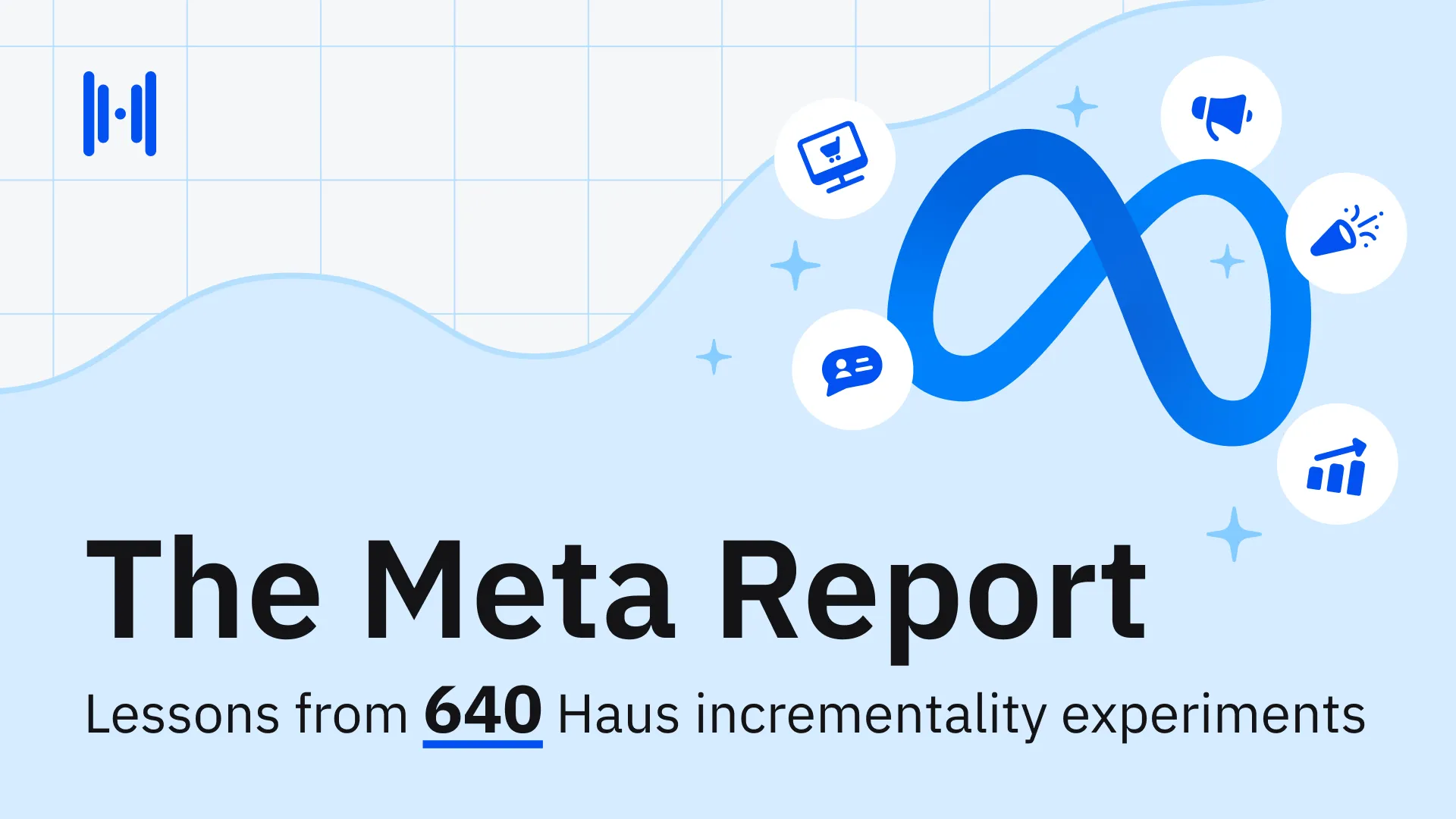
.webp)

.webp)
.webp)
.webp)
.webp)
.webp)
.webp)
.webp)
.webp)
.webp)
.webp)
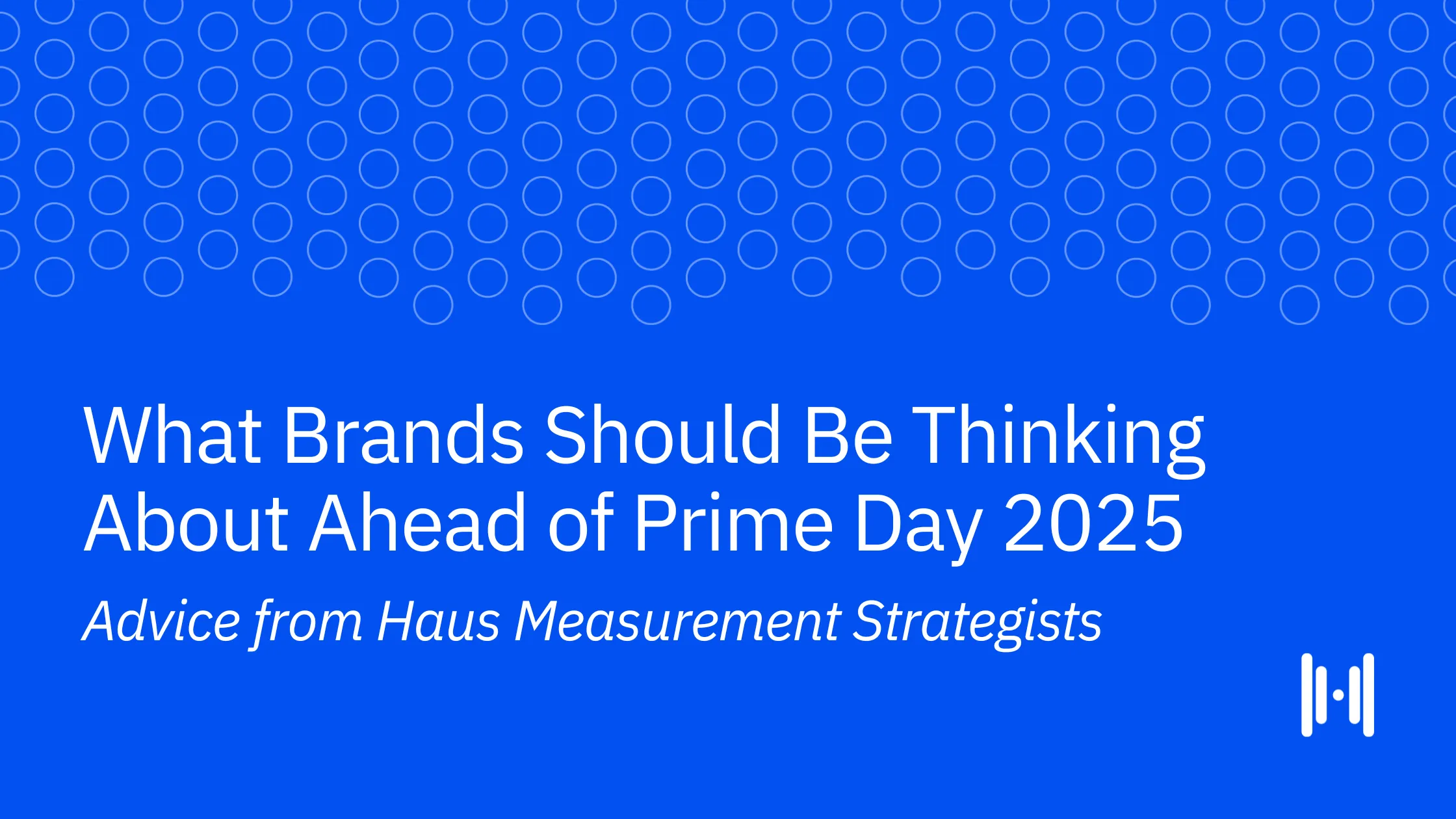
.webp)
.webp)
.webp)
.webp)
.webp)
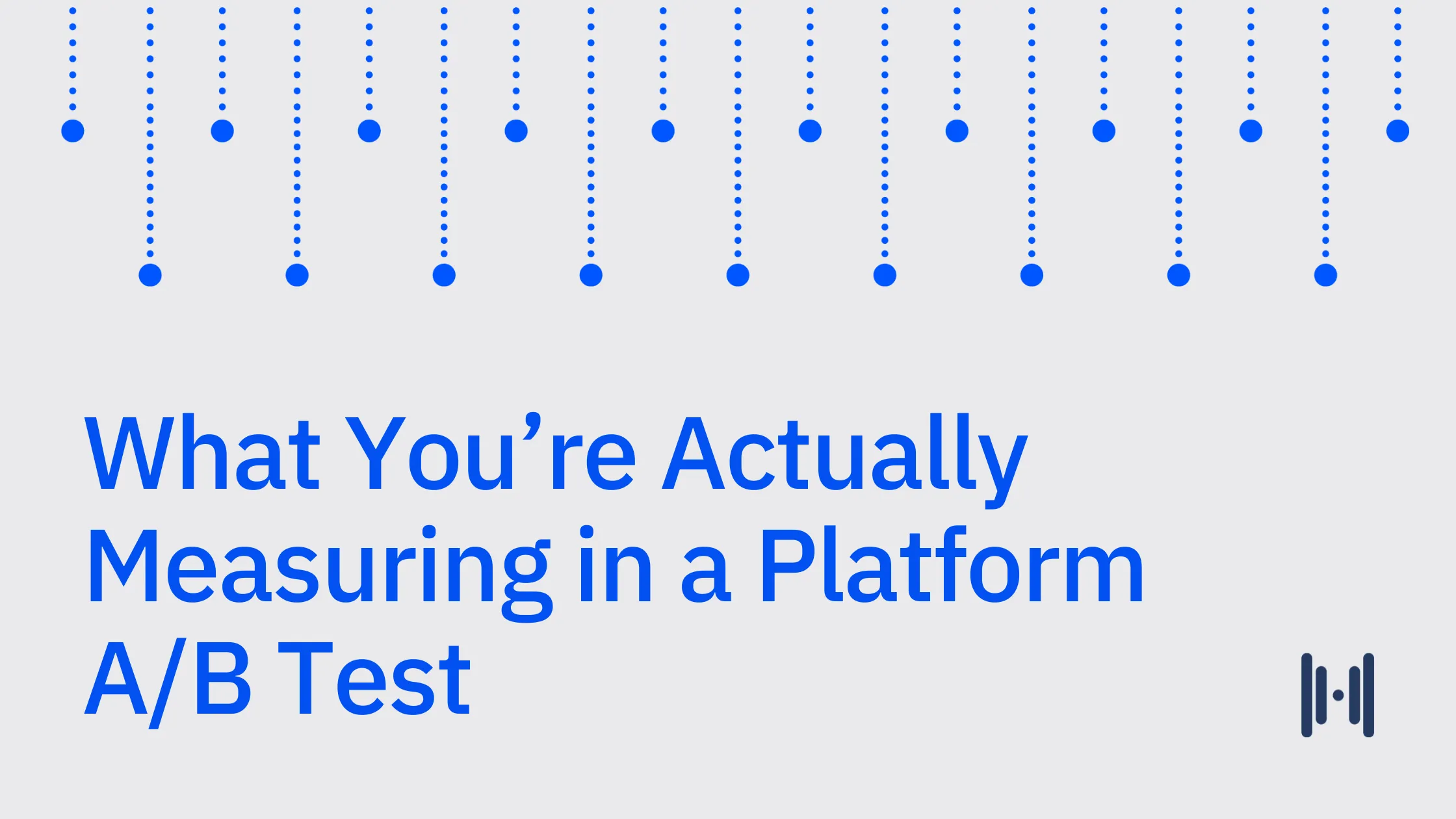
.webp)


.avif)
.avif)



.avif)
.avif)
.avif)


.avif)
.avif)
.avif)
.avif)
.avif)
.avif)

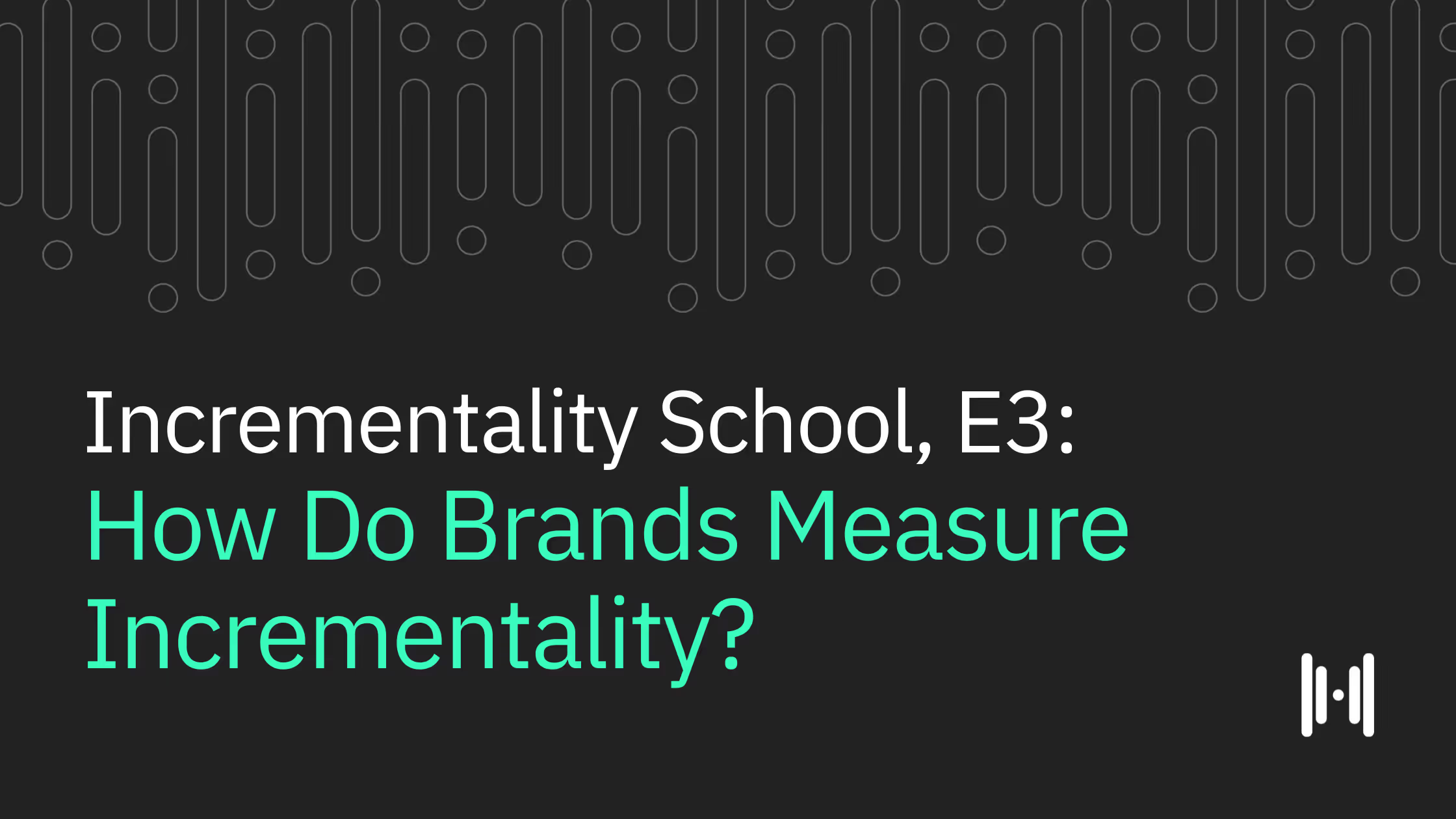

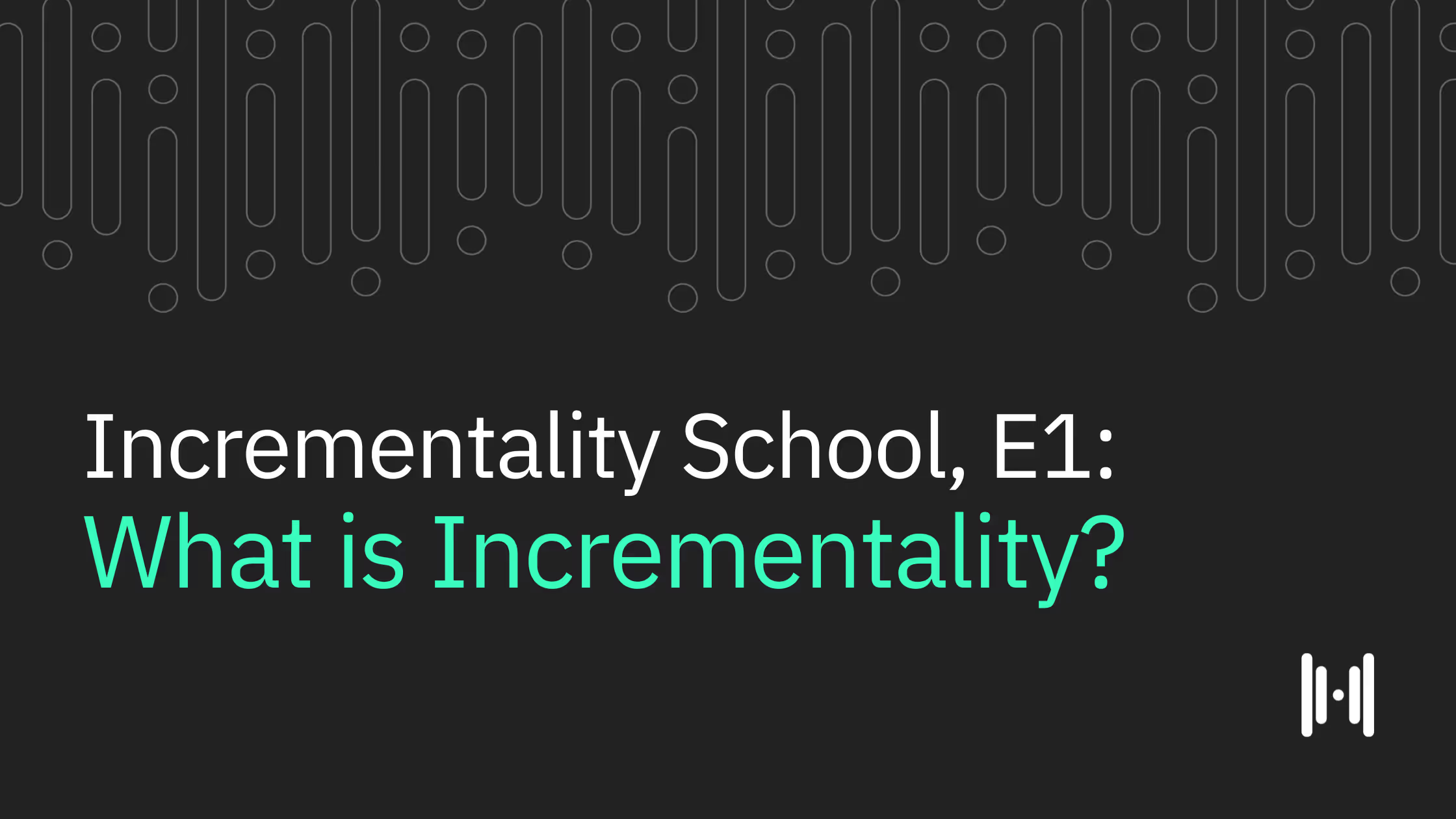
.png)
.avif)
.png)
.avif)


